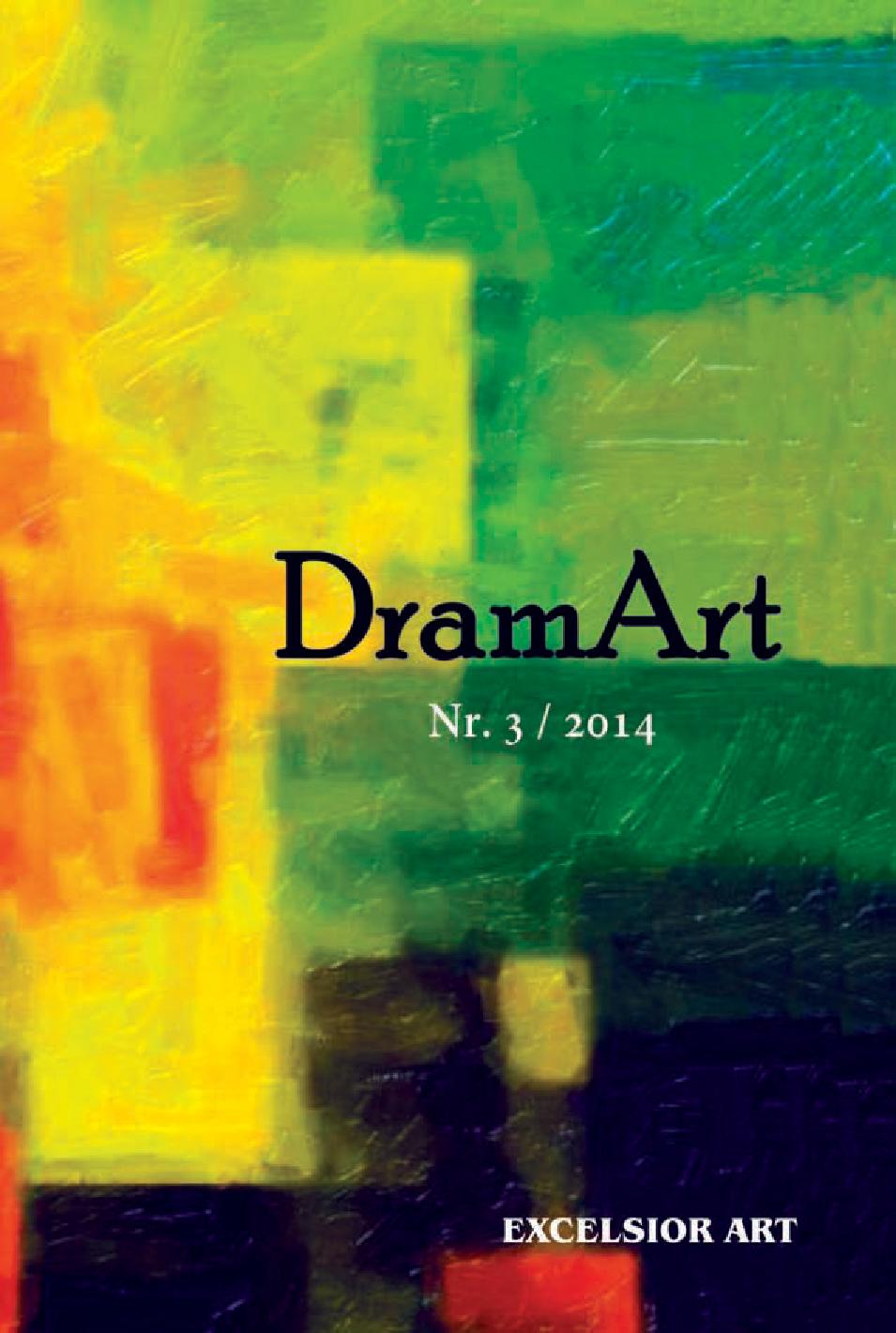Analiza procesului scenic în teatrul muzical:
Bărbierul din Sevilla de Gioacchino Rossini
Analysis of the Dramatic Art in Musical Theatre
The Barber of Sevilla by Gioacchino Rossini
Analysis of the Dramatic Art in Musical Theatre The Barber of Sevilla by Gioacchino Rossini
Author(s): Mariana ȘarbaSubject(s): Fine Arts / Performing Arts, Essay|Book Review |Scientific Life
Published by: Universitatea de Vest din Timişoara
Keywords: musical theatre; dramaturgic discourse; “scenic” study; opera and theatre; stage director; tradition; new tendencies; Rossini
Summary/Abstract: The main aspects connected with the work of stage directors of dramatic or musical theatre concern the experience of these artistic creators. The opera stage director has to bring a rich experience in visual arts as the musical discourse must be enriched from this point of view. The ”scenic” study and the detailed analysis of all sequences of a score, in fact specific methods of theatre studies, could put into evidence the visible and invisible parts of the dramaturgic discourse, important components of the architecture of a musical performance. Reading the score or libretto like a dramatic text, one can find a close relation between music, word and stage. The tendency of stage directors, who bring a very special experience from the dramatic theatre, to renew the traditional opera performance by giving it a special dynamic and imposing their creative vision, is a specific manifestation in the 20th century, continued in the 21st century. Stage directors achieve in a personal vision that common language made up of the complete concordance among music sound, music signs of a score, linguistic signs of a libretto, in fact the matrix of the performance. As an example the analysis of the opera The Barber of Sevilla by Gioacchino Rossini, underlining aspects of dramatic art and the creativity of the Bulgarian stage director Plamen Kartalov.
Journal: DramArt.Revistă de studii teatrale
- Issue Year: 2014
- Issue No: 3
- Page Range: 148-163
- Page Count: 15
- Language: Romanian

